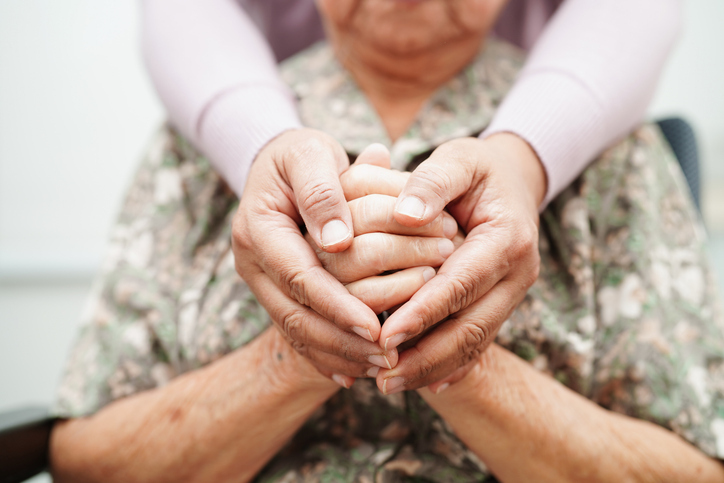by Meghan Kelly

Nurses are the unsung heroes of the hospital who navigate crappy software on outdated hardware to keep you healthy — and it needs to stop.
Executives from Cedar’s-Sinai and Kaiser Permanente explained at VentureBeat’s HealthBeat conference that technology innovators need to start focusing on new, consumer-like user experiences and better end-to-end communications software and hardware. Otherwise, nurses are going to start using their own devices, which creates obvious issues in privacy and data management.
“We’ve done a lot of ethnographic research of our nursing areas. … It’s still amazing when you walk into that environment that there’s still a tremendous amount of inefficiency, redundancy.” said Julie Vilardi, a registered nurse, as well as the executive director of Kaiser Permanente’s clinical informatics and strategic projects. “User experience it’s really critically important. Because of the consumer experience now is pretty slick, when you get into the walls of the hospital [consumer-grade experiences are] beginning to be the expectation, and we so don’t deliver it right now.”
She explained how nurses manage everything having to do with your hospital stay from the medication you’re prescribed, to food you eat, and the baths you take. They typically have four or so patients who may not even be in the same area of the hospital. These nurses often have to tote around workstations on wheels, and clunky communications devices that simply aren’t effective, but because of their ability work in a chaotic environment, they’re making due.
Darren Dworking, the chief information officer for Cedar’s Sinai Medical Center, said the center recently deployed 800 iPhones to its staff. He thought clinicians were going to shy away from using texting for communications, but he was wrong.
“A lot of our clinicians are beginning to use technology in other aspects of their life … they want to know how come they can’t have a healthcare version of that,” said Dworking. “Giving them something akin to a cordless phone isn’t going to do it for communications.”
Vilardi says she hopes to see developers create a consumer-grade iPhone experience for patient management and electronic medical records (EMR). She wants to be able to push an icon to get a patient assessment, and believes we’re very close to that reality. Dworking, however, encourages innovators to look beyond the EMR, which he says the window has closed on. Instead, he hopes that people will find a new way of displaying data and improving communications.
According to Vilardi, iOS phones and tablets really are the devices of choice in hospitals today. This is because vendors in general are taking more advantage of iOS than Android. She explained that Kaiser is looking for ways to integrate Android, however.
Nurses, speak up! We want to hear from you about your experiences with workstations on wheels, apps, and more. Comment below!
This article originally appeared on VentureBeat
Source: MedCity





